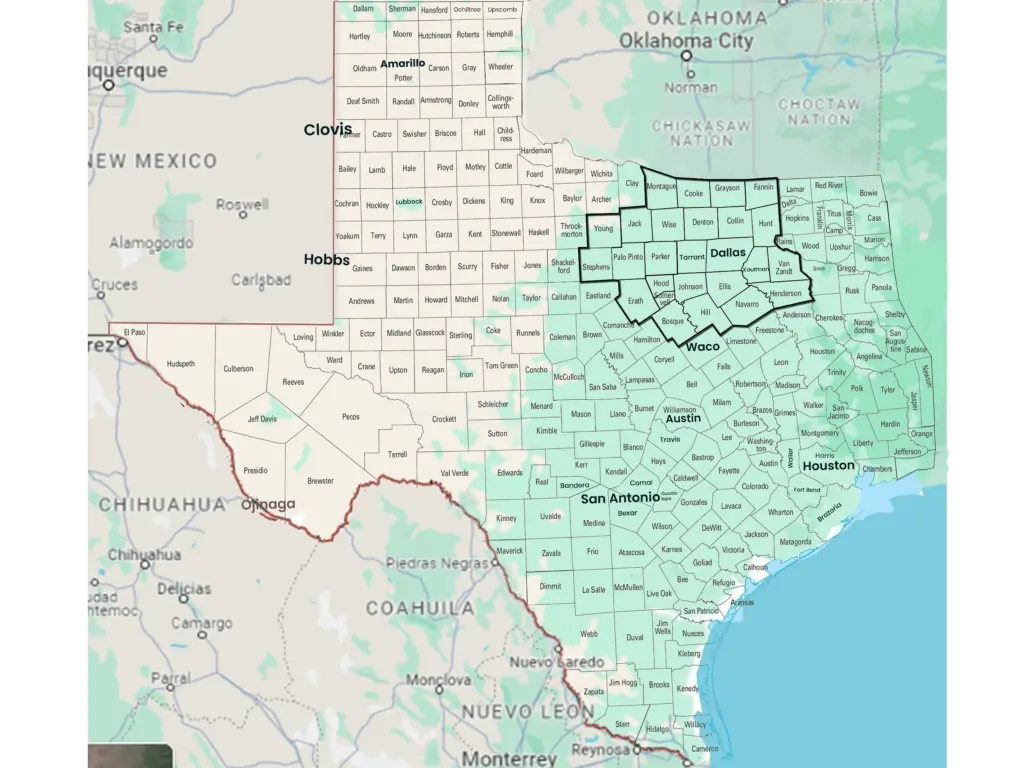On-Page SEO Best Practices: A Comprehensive Guide
Discover the top on-page SEO best practices to improve your website's search engine ranking. This comprehensive guide covers content optimization, title tags, meta descriptions, and more.
In today's digital landscape, mastering on-page SEO is crucial for anyone looking to improve their website's search engine ranking. On-page SEO refers to optimizing individual web pages to rank higher and attract more relevant traffic in search engines. Unlike off-page SEO, which focuses on external signals like backlinks, on-page SEO revolves around improving the content and HTML source code of a page. This comprehensive guide will cover the best practices for optimizing your web pages to ensure they perform well in search engines and deliver the best user experience.
High-Quality Content is King
Content remains the cornerstone of on-page SEO. Search engines, especially Google, prioritize high-quality, relevant, and valuable content that satisfies the searcher's intent. When creating content, always keep your audience in mind. Ensure it is informative, answers common questions, and addresses user needs.
- Use Target Keywords Wisely: While keyword stuffing is outdated, strategically placing target keywords in your content is still important. Aim for natural inclusion in key areas like the title, first paragraph, headers, and throughout the content where it makes sense.
- Content-Length Matters: Though there’s no exact word count that guarantees success, longer content (1,500+ words) generally performs better in search results, as it tends to provide more comprehensive information on a subject.
Title Tags and Meta Descriptions
The title tag and meta description are essential elements of on-page SEO. They are the first things a user sees on a search engine results page (SERP) and can influence whether they click on your link or not.
- Title Tags: Your title tag should be concise, clear, and contain your primary keyword. Keep it under 60 characters so it doesn’t get truncated in search results.
- Meta Descriptions: Though meta descriptions don’t directly impact rankings, they play a crucial role in click-through rates. Write a compelling, engaging meta description (up to 160 characters) that includes your main keyword and provides a brief insight into the content.
Optimize Header Tags (H1, H2, H3)
Proper use of header tags helps search engines understand the structure of your content and makes it easier for users to scan.
- H1 Tag: This should contain your primary keyword and clearly state the topic of the page. Each page should have only one H1 tag.
- H2 and H3 Tags: These subheaders should break down your content into easily digestible sections, making the page user-friendly. Include secondary keywords or related terms naturally in these headings.
Image Optimization
- Images are a vital part of user experience, but they can also slow down your website if not optimized properly. This impacts both user experience and SEO.
- Use Descriptive File Names: Before uploading an image, give it a descriptive name that reflects its content. For instance, instead of "IMG1234.jpg," use something like "digital-marketing-strategy.jpg."
- Alt Text: Alt text helps search engines understand the content of an image. It should describe the image clearly and include relevant keywords naturally.
- Compress Images: Ensure images are compressed to reduce file size without compromising quality. This helps in improving page load speed, which is an important ranking factor.
Internal Linking
Internal links guide visitors to other pages on your website, helping them discover more content while also distributing link equity across your site.
- Use Descriptive Anchor Text: When adding internal links, ensure the anchor text is relevant to the page you’re linking to. This not only enhances user experience but also helps search engines understand the context of the linked page.
- Link to Important Pages: Focus on linking to your high-priority or high-converting pages to pass on link equity and boost their ranking potential.
- URL Structure
URLs are another important aspect of on-page SEO. A well-structured URL provides both search engines and users with a clear idea of what the page is about. - Keep It Simple and Descriptive: Use short, descriptive URLs that include relevant keywords. Avoid unnecessary words or characters that make URLs long and complicated.
- Use Hyphens Instead of Underscores: Always separate words with hyphens (-) rather than underscores (_), as Google treats hyphens as spaces between words.
Mobile Optimization
With the majority of web traffic coming from mobile devices, having a mobile-friendly website is no longer optional. Mobile optimization impacts both user experience and rankings, as Google now uses mobile-first indexing.
- Responsive Design: Ensure your website uses responsive design so that it automatically adjusts to fit any screen size.
Test Mobile Usability: Regularly test your site on mobile devices and use Google’s Mobile-Friendly Test tool to check for any issues.
Page Speed Optimization
Page load speed is a direct ranking factor for Google and plays a significant role in user experience. A slow-loading website can lead to higher bounce rates, which negatively impacts your SEO efforts.
- Use Browser Caching: Enable browser caching to reduce the time it takes for returning visitors to load your website.
- Minify CSS, JavaScript, and HTML: Reducing the size of your code files can speed up your website's loading time.
- Use a Content Delivery Network (CDN): A CDN stores copies of your website on servers worldwide, helping to reduce latency and improve load times for users around the globe.
Schema Markup
Schema markup, also known as structured data, helps search engines better understand the content of your pages and can lead to enhanced search results (e.g., rich snippets).
- Add Structured Data: Implement schema markup to provide more context to search engines about the purpose of your page. This can lead to higher click-through rates and improve your site's visibility in SERPs.
Focus on User Experience (UX)
Finally, always prioritize user experience when implementing on-page SEO strategies. Search engines are increasingly prioritizing pages that provide a great experience to users.
- Reduce Pop-Ups: Pop-ups can be intrusive, leading to poor user experience. If you must use them, ensure they don’t disrupt the main content or hinder navigation.
- Make Navigation Intuitive: Your site’s navigation should be clear and easy to follow, helping users find what they’re looking for quickly.
By implementing these on-page SEO best practices, you can significantly improve your website’s visibility in search engines, enhance user experience, and attract more organic traffic. Whether you're looking for SEO services or simply trying to boost your own website, focusing on these key aspects will set you on the path to success.
For businesses aiming to get ahead, investing in the best SEO services ensures that every part of your website is optimized effectively, keeping you competitive in the ever-evolving world of search engines.
What's Your Reaction?


























